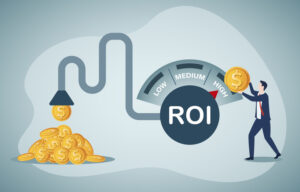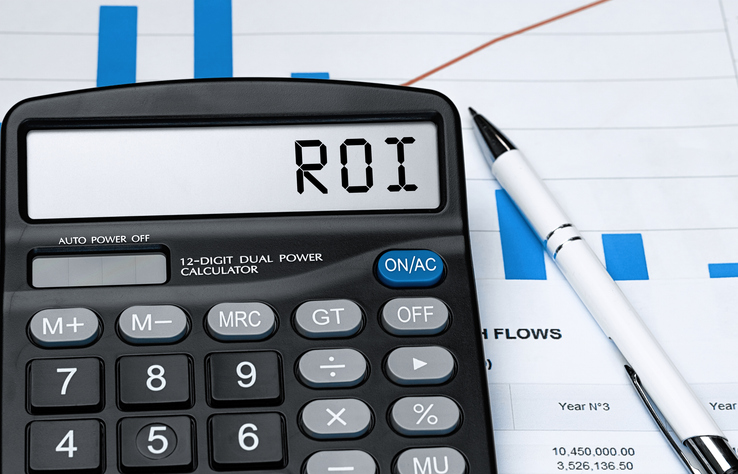
In the competitive world of the marine industry, digital marketing plays a pivotal role in driving bookings. But how do you know if your advertising dollars are truly delivering value? That’s where calculating Return on Investment (ROI) becomes essential.
Understanding and improving your marketing ROI ensures you can allocate resources effectively, maximize profits, and sustain long-term growth. This guide walks you through ROI strategies specific to the yacht and boat rental industry, including insights on Google Ads, SEO, email marketing, and more. With our Free ROI Calculator, you’ll have the tools to evaluate and optimize your campaigns with precision.
Marketing ROI measures the profit earned relative to your marketing costs, expressed as a percentage. A positive ROI means your campaigns are profitable, while a negative ROI signals inefficiencies.
For marine based businesses, understanding ROI is vital. With high customer acquisition costs and seasonality, identifying profitable campaigns ensures you’re focusing on what drives the most value—whether it’s paid ads, organic search, or repeat bookings from email campaigns.
At Aquatic SEO, we specialize in helping marine businesses streamline their marketing efforts and achieve measurable growth. By using our ROI Calculator, you can assess your performance across multiple channels and make data-driven decisions that improve your bottom line.

At its core, ROI is calculated using the following formula:
ROI (%) = [(Revenue – Investment) ÷ Investment] × 100
While this formula is straightforward, applying it to marketing campaigns requires a deeper understanding of the inputs and outputs unique to your business. Let’s break it down:
For example, if you spent $5,000 in 1 month on a Google Ads campaign and it generated $15,000 in bookings, your ROI would be:
ROI = [(15,000 – 5,000) ÷ 5,000] × 100 = 200%
This means you earned $2 for every $1 spent.
Each marketing channel requires unique inputs and outputs for calculating ROI. Below, we’ll explore how to assess ROI for the key strategies in the marine industry.
Google Ads are a cornerstone of marketing for many marine businesses, offering a direct way to reach high-intent customers searching for terms like “yacht broker near me” or “small marina in [destination].”
Let’s say you spent $3,000 on ads and received 1,000 clicks. With a conversion rate of 5% and an average booking value of $1,000, your ROI calculation would look like this:
This high ROI indicates a successful campaign, but if your ROI were negative, you’d need to reallocate budgets or refine targeting strategies.
SEO and content marketing are long-term strategies that build visibility and drive organic traffic to your website. For marine industry businesses, this often involves optimizing for keywords like “cruise ships in [destination]” or creating blog content about “marine repair and maintenance tips.”
If you spend $2,000 monthly on content creation and generate 500 organic visits with a 10% conversion rate and a $1,500 average booking value:
This demonstrates the compounding power of SEO over time.
Email marketing remains one of the most cost-effective ways to nurture leads and re-engage past customers. Whether you’re promoting seasonal discounts or sharing updates on yacht availability, a well-executed email campaign can drive significant revenue.
Partnering with influencers can boost your brand’s visibility, especially if they have a following interested in your specific niche within the marine industry.
For example, if an influencer charges $1,000 and directs 200 visitors to your site with a 10% conversion rate and a $1,500 booking value, your ROI would look like this:

To simplify these calculations and make tracking your marketing success easier, our Free ROI Calculator is tailored for marine industry businesses. With an intuitive design, it allows you to input campaign-specific data and instantly see your ROI for each marketing channel.
At Aquatic SEO, we understand the nuances of marketing in the marine industry. From seasonal trends to high-ticket customer expectations, our expertise ensures that every campaign delivers measurable results. By using our ROI Calculator, you’ll have the insights needed to refine your strategies and achieve sustainable growth.
Take control of your marketing ROI with Aquatic SEO’s free tool. Stop wasting money on underperforming campaigns and start investing in strategies that drive real results.